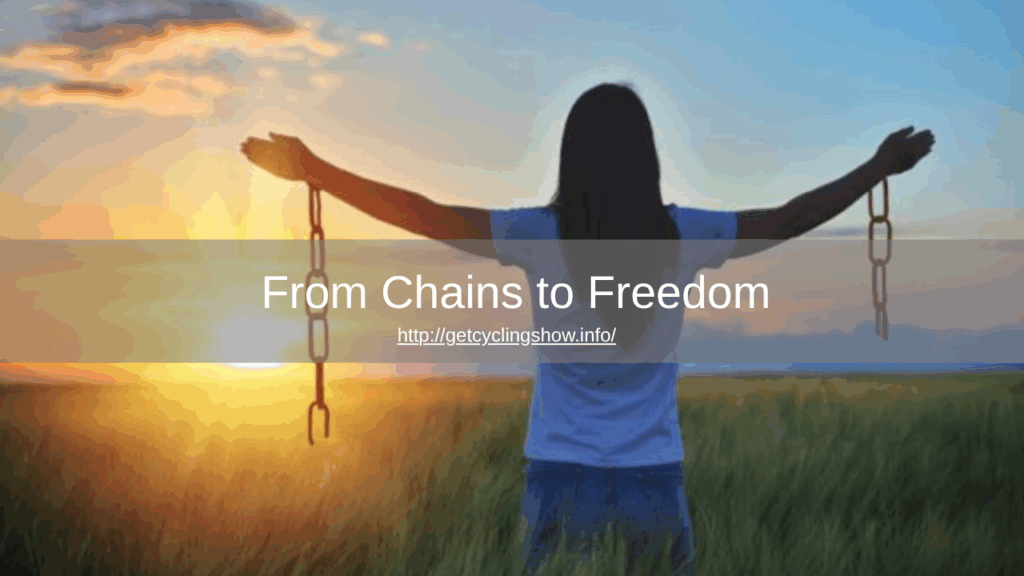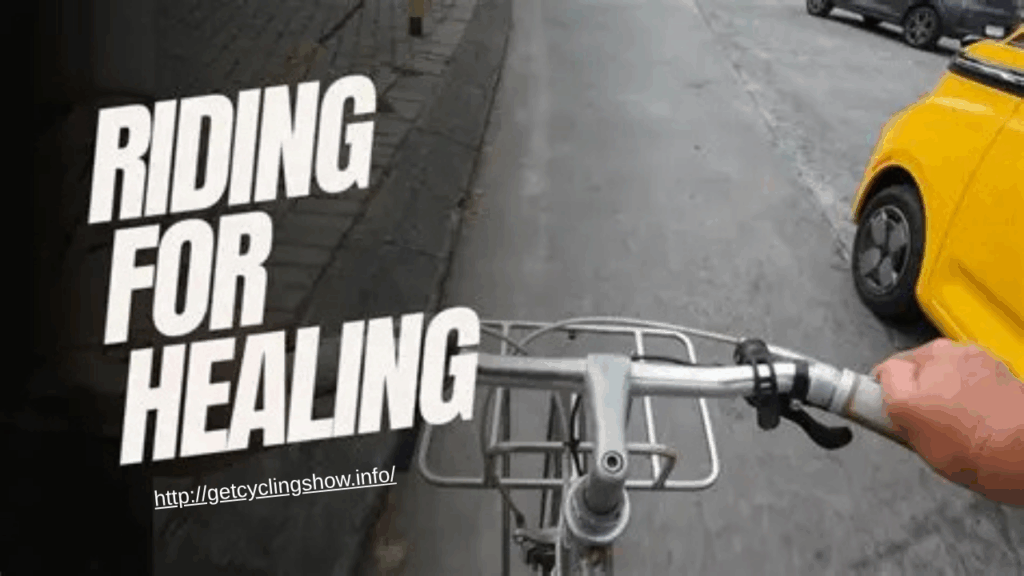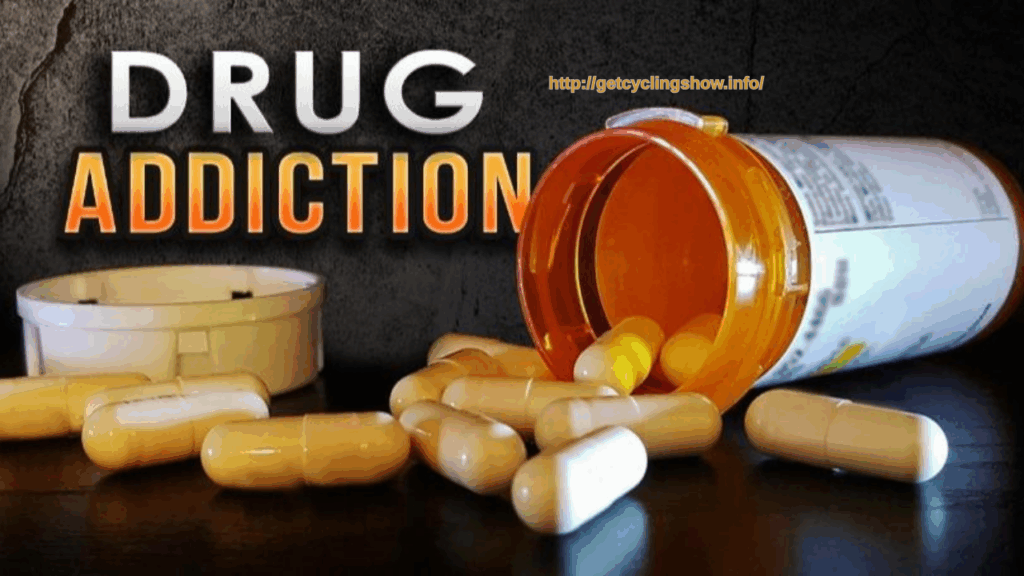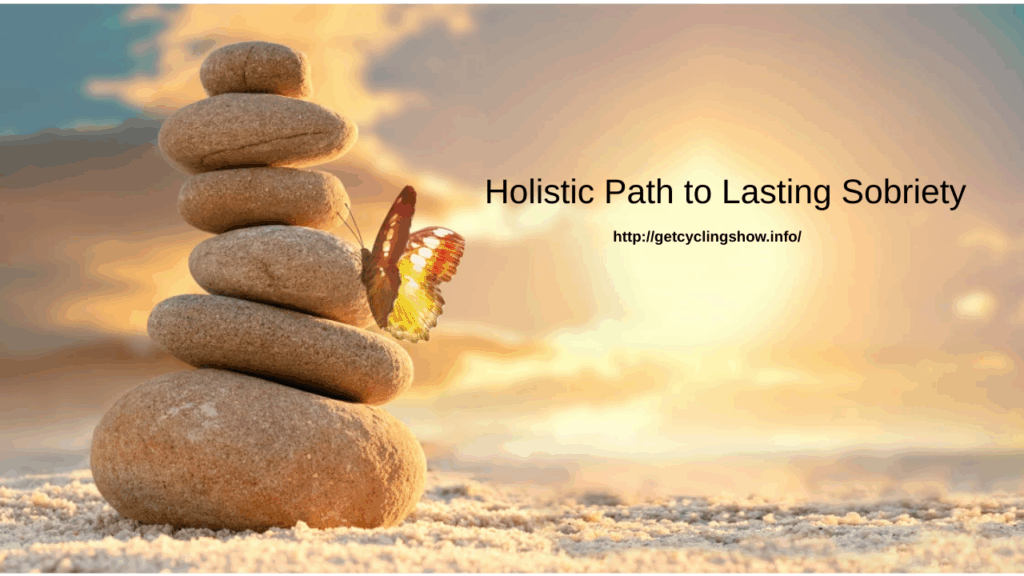Recovery from addiction is a journey that demands strength, focus, and consistency. Maintaining sobriety requires more than avoiding substances; it involves creating healthy routines, managing stress, and rebuilding physical and emotional resilience. One transformative tool that supports this process is biking. Cycling offers a holistic approach that strengthens the body, calms the mind, and fosters balance, making it an effective companion for those committed to long-term recovery. At Get Cycling Show, cycling is integrated with professional, individualized, and faith-based care to support clients in rebuilding their lives.
The Physical Benefits of Cycling in Recovery
Addiction can leave lasting impacts on the body, including weakened immunity, reduced stamina, and disrupted sleep patterns. Cycling provides a low-impact, accessible form of exercise that promotes cardiovascular health, strengthens muscles, and improves endurance.
Key Physical Advantages
1. Boosts Energy and Stamina: Regular cycling strengthens the cardiovascular system and increases overall vitality, helping individuals handle the physical demands of recovery.
2. Supports Weight Management and Metabolism: Exercise aids in regulating appetite and metabolic function, helping the body regain balance after substance use.
3. Enhances Physical Resilience: The consistent effort required for cycling builds strength and endurance, reinforcing the body’s capacity to adapt to challenges.
By improving physical health, cycling lays a solid foundation for mental clarity and emotional stability, both of which are critical for sustained sobriety.
Cycling for Mental Clarity and Emotional Balance
Recovery is not only physical but also mental and emotional. The rhythmic motion of pedaling, combined with time outdoors, encourages mindfulness and self-reflection. Cycling allows individuals to focus on the present moment, reducing anxiety, intrusive thoughts, and cravings.
Mental and Emotional Benefits
1. Reduces Stress and Anxiety: Physical activity naturally lowers stress hormone levels while increasing endorphins, promoting a sense of calm and well-being.
2. Encourages Mindfulness: Concentrating on pedaling and surroundings helps individuals remain present and grounded, enhancing emotional regulation.
3. Strengthens Emotional Resilience: Overcoming physical challenges on a bike mirrors the perseverance required in recovery, reinforcing confidence and self-efficacy.
Cycling provides a safe and constructive outlet for managing emotions, making it a valuable tool for long-term relapse prevention.
Building Routine and Connection Through Cycling
Creating healthy routines is essential in recovery. Cycling can serve as a structured daily activity that replaces unhealthy habits while fostering a sense of accomplishment and purpose. Joining community rides or group cycling events also encourages social connection, support, and accountability.
Establishing Healthy Habits
1. Routine and Consistency: Scheduling regular rides establishes discipline and predictability, two crucial components in maintaining sobriety.
2. Social Engagement: Cycling groups offer encouragement and connection, reducing isolation—a major risk factor for relapse.
3. Personal Empowerment: Completing challenging rides reinforces determination and self-confidence, reminding individuals of their ability to overcome obstacles.
Through these benefits, cycling becomes more than exercise—it becomes a meaningful practice that integrates body, mind, and spirit.
Integrating Cycling Into Holistic Recovery
At Get Cycling Show, cycling is part of a comprehensive, individualized treatment plan that includes counseling, mindfulness practices, nutrition guidance, and faith-based support. This holistic approach addresses all dimensions of recovery, ensuring that clients have the tools and support needed for lasting change. Cycling complements these services by enhancing mental clarity, emotional resilience, and physical well-being, making recovery a truly whole-person experience.
Conclusion
Biking offers a unique combination of physical, mental, and emotional benefits that support sobriety and personal growth. By integrating cycling into a structured recovery plan, individuals can stay centered, strengthen their bodies and minds, and build the resilience needed to maintain long-term sobriety.
If you or a loved one are seeking compassionate, holistic, and professional addiction recovery support, Get Cycling Show provides the guidance, tools, and care needed to rebuild life on solid ground. Take the first step today, and pedal your way toward balance, wellness, and lasting recovery.







